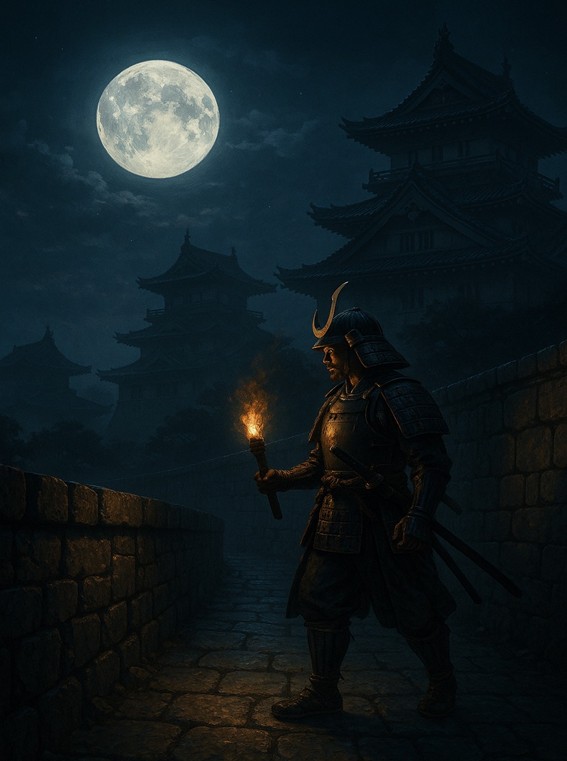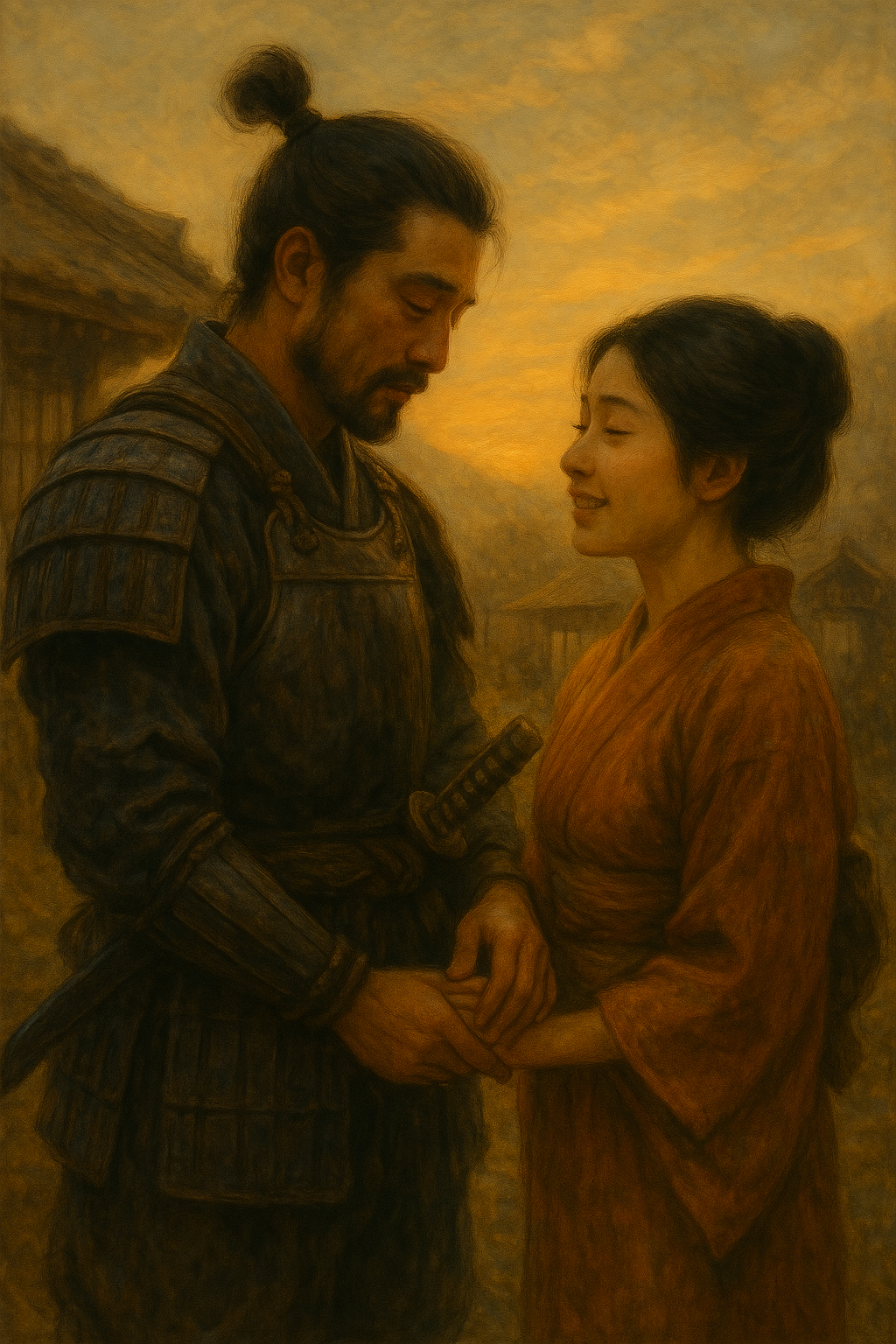
October 14, 1678 -Love and Restraint in Edo
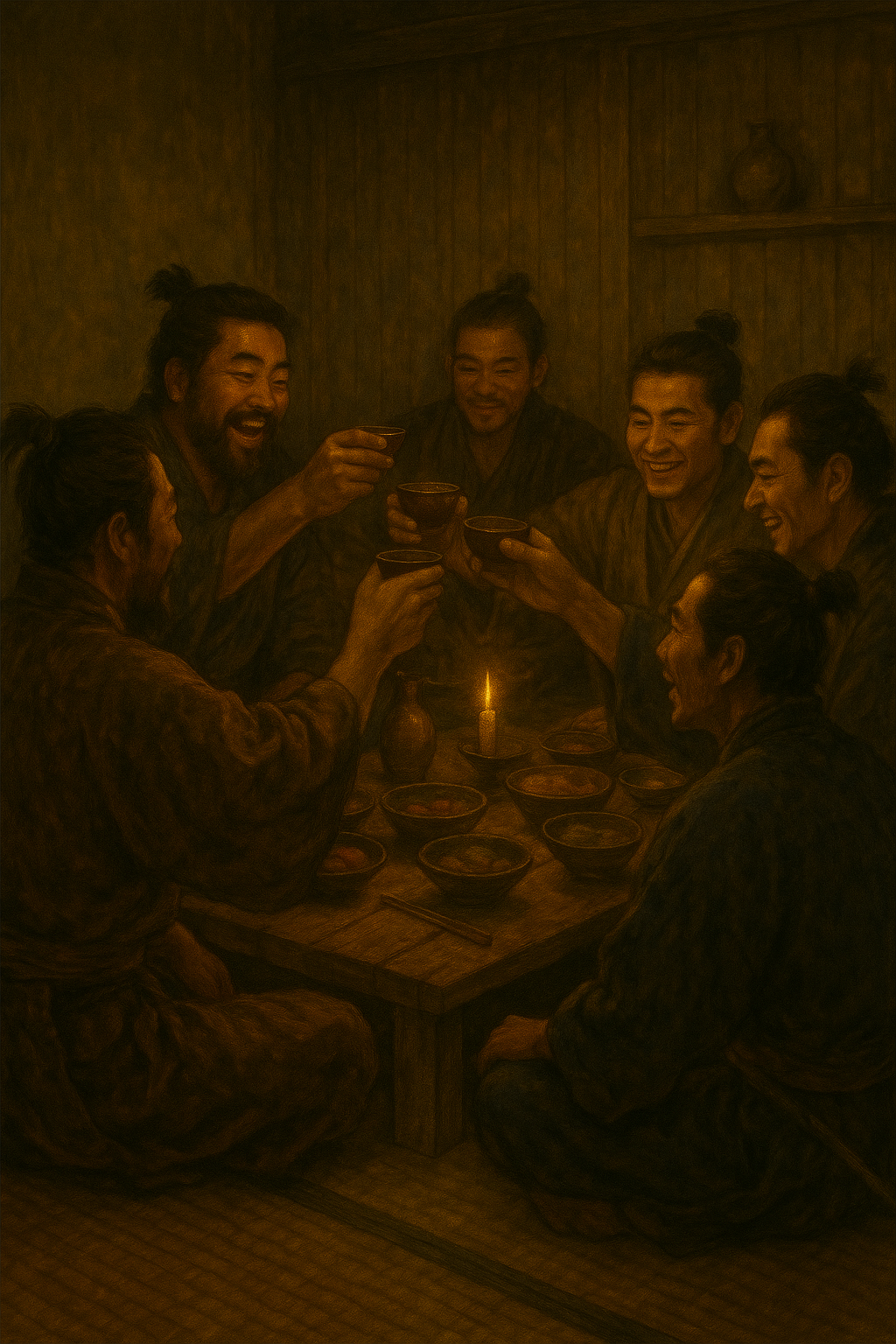
January 11, 1573 -A Quiet Feast in the Winter
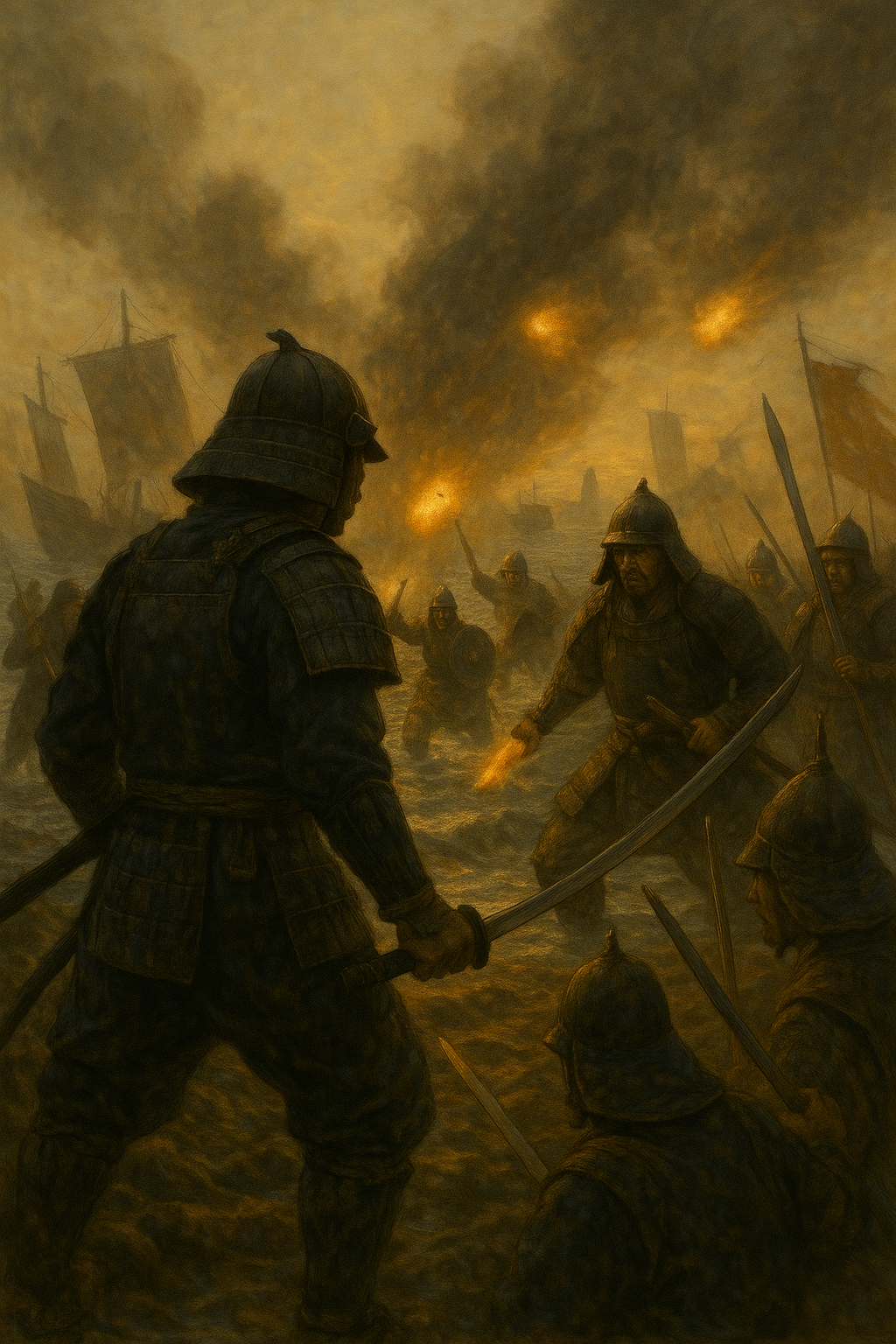
October 20, 1274 –The Last Stand at Hakata Bay
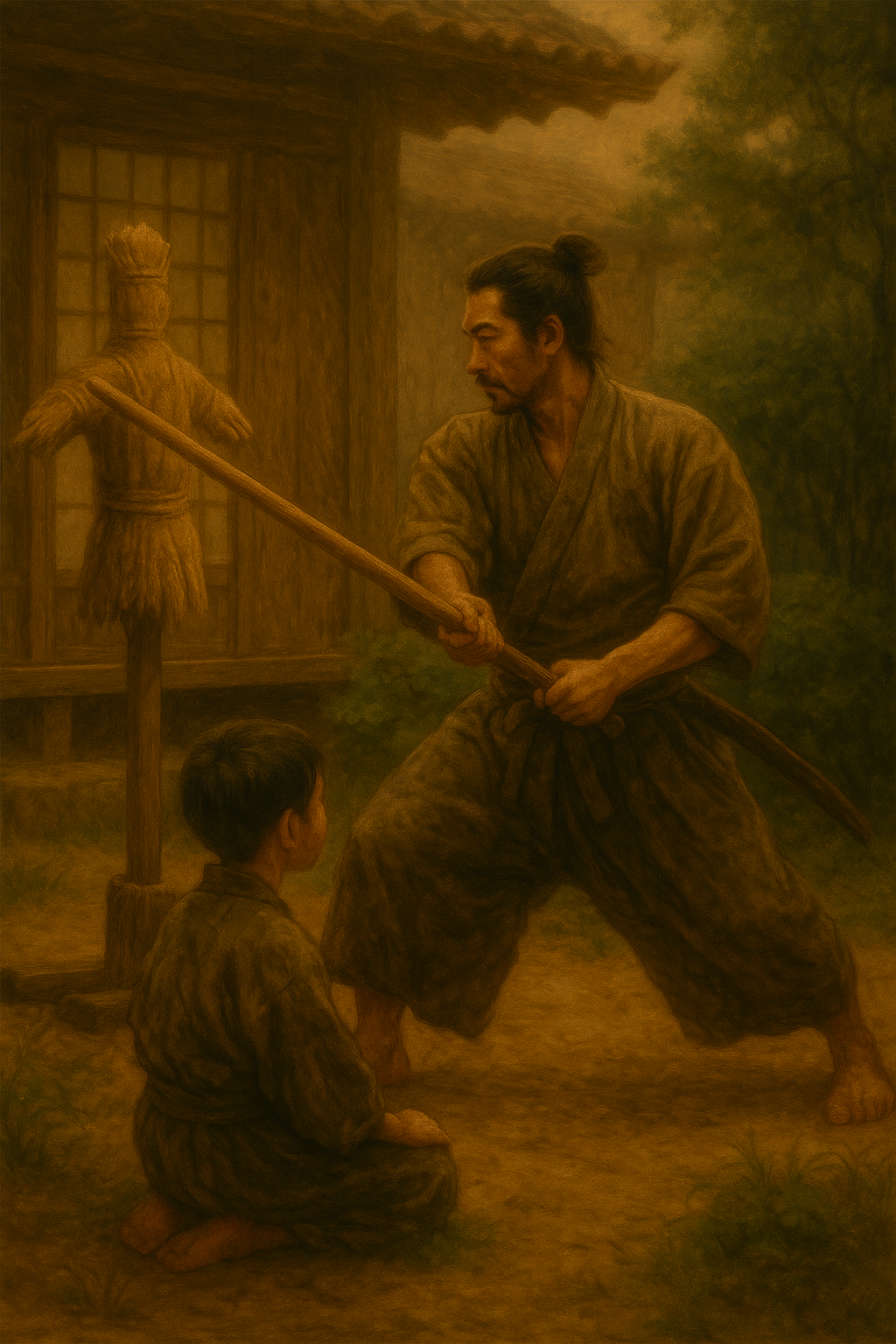
June 3, 1687 -Lessons Beyond the Blade
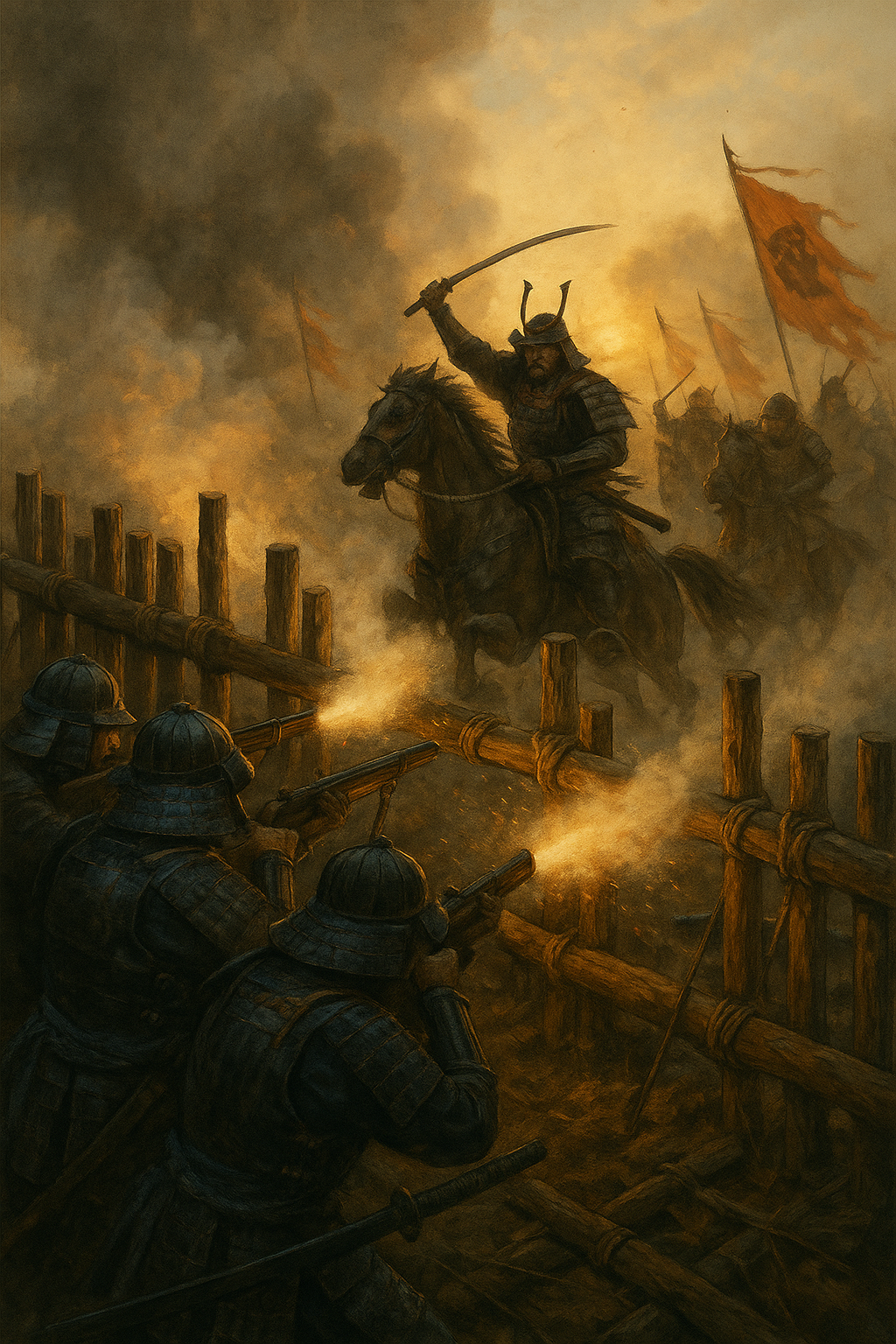
Dawn, May 21, 1575 -The Day the Charge Was Broken
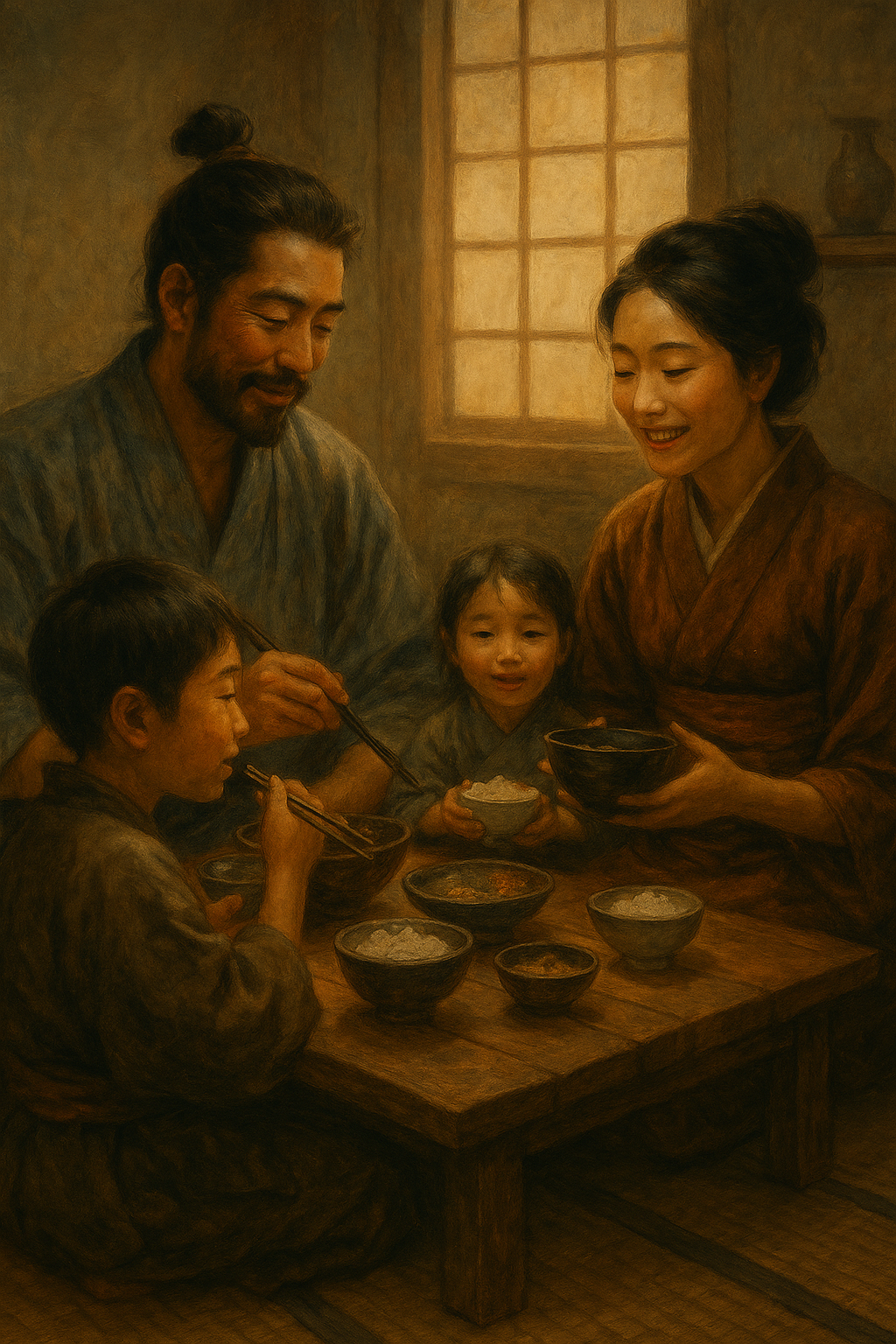
September 14, 1610 -Evening Meal
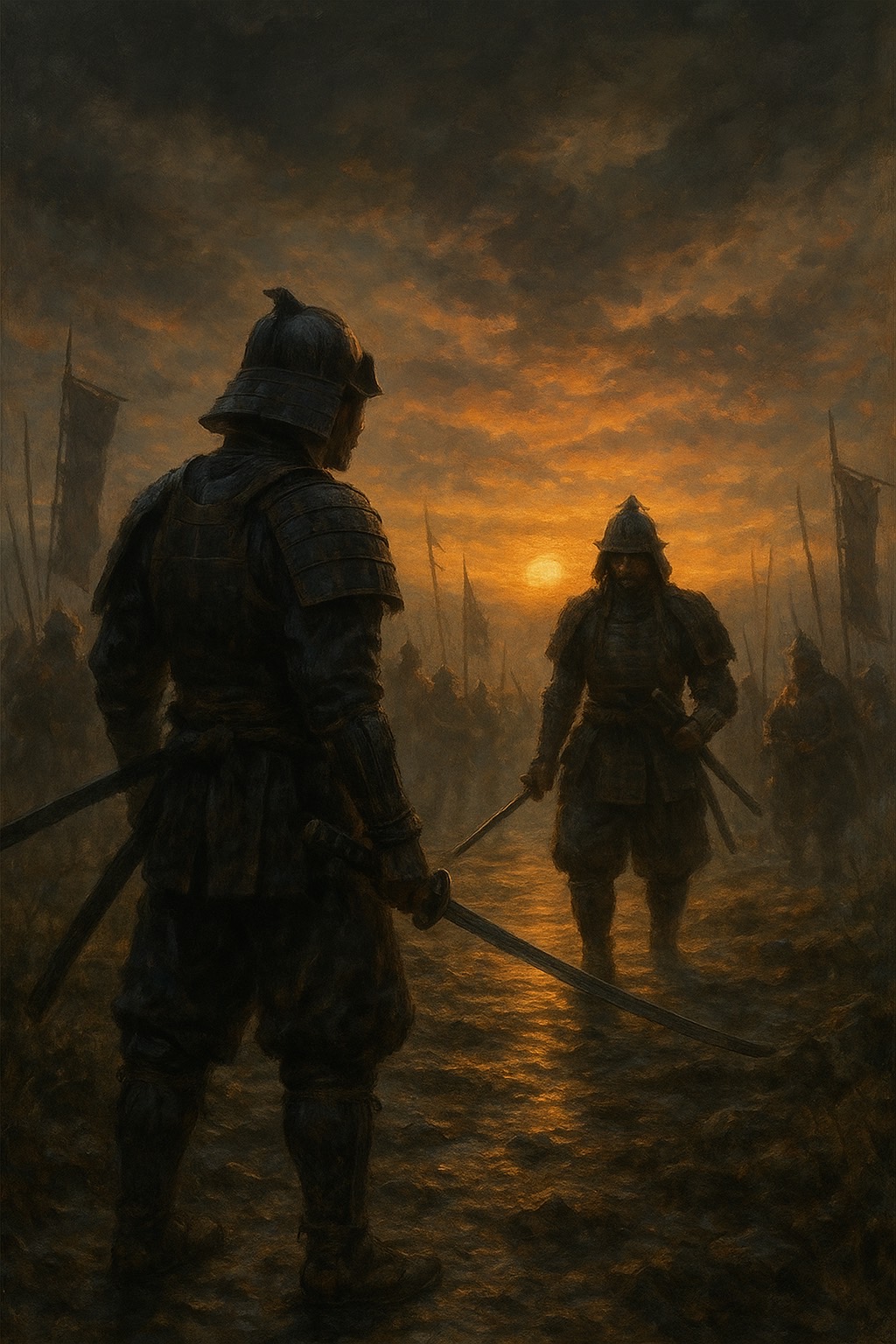
September 14, 1600 -The night before the Battle of Sekigahara
